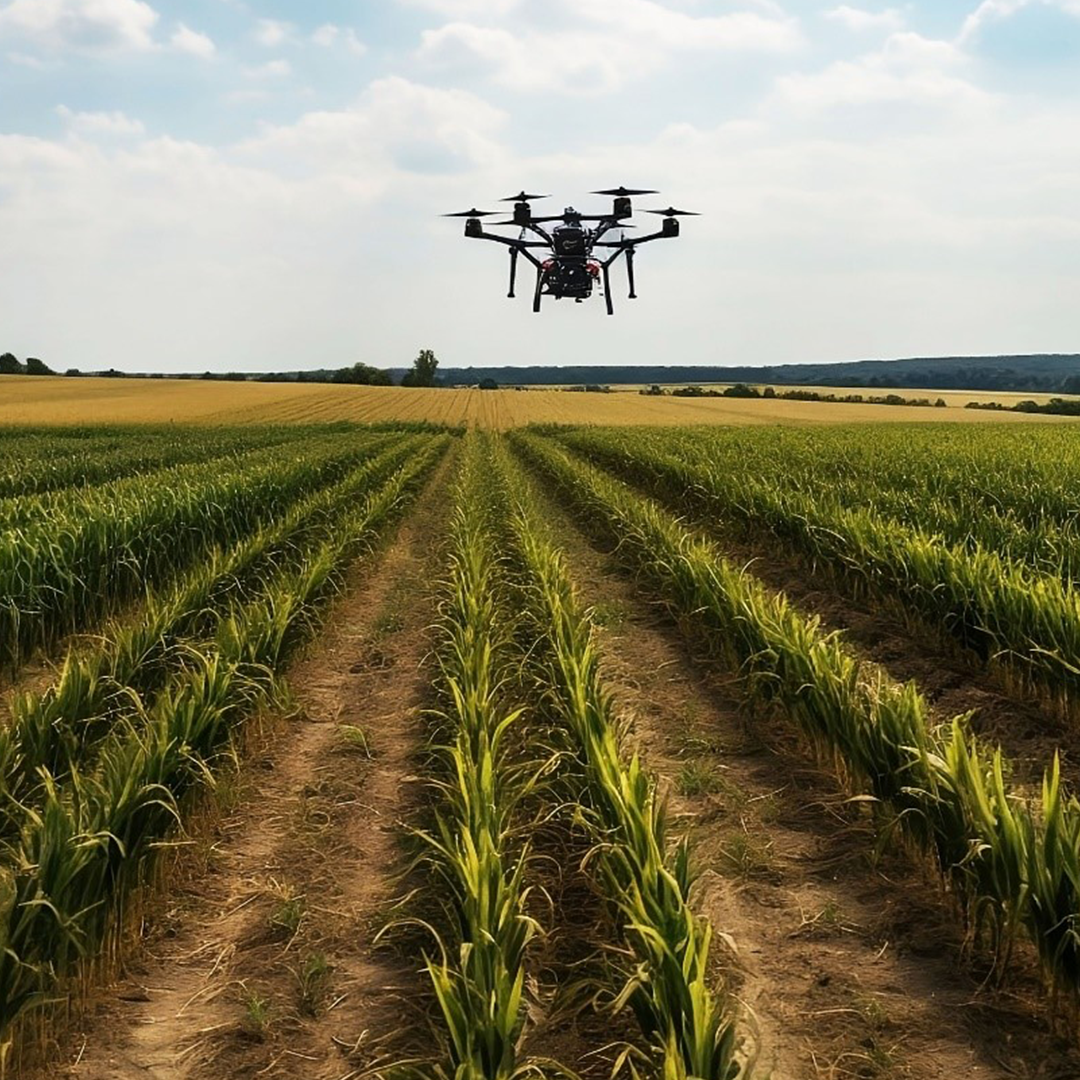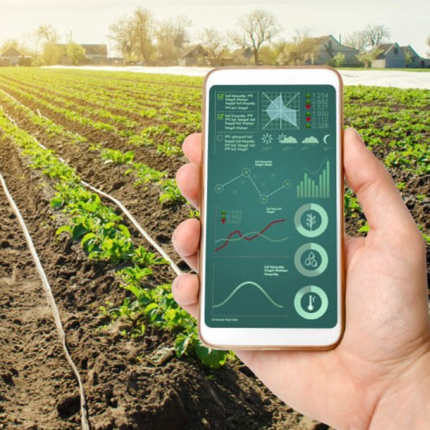Description
Overview of Precision Agriculture Using LoRaWAN
Precision agriculture leverages LoRaWAN (Long Range Wide Area Network) to enhance farming efficiency and sustainability by enabling real-time data collection from various field sensors. LoRaWAN, known for its low power consumption and long-range communication capabilities, is ideal for monitoring soil moisture, weather conditions, crop health, and equipment status over vast agricultural areas. In precision agriculture, LoRaWAN-based systems enable the integration of IoT devices that transmit data to centralized platforms, allowing farmers to make data-driven decisions on irrigation, fertilization, and pest management. This wireless technology is crucial for deploying sensors in remote or difficult-to-reach areas, ensuring continuous, cost-effective monitoring, and ultimately leading to increased crop yields, reduced resource waste, and more sustainable farming practices.
Applications in Precision Agriculture Using LoRaWAN
- Soil moisture monitoring
- Crop health monitoring
- Irrigation control
- Pest detection
- Livestock tracking
- Weather station integration
- Soil temperature monitoring
- Crop yield prediction
- Precision seeding
- Fertilizer application control
- Greenhouse environment monitoring
- Remote equipment monitoring
- Precision pesticide spraying
- Flood detection
- Water level monitoring
- Precision harvesting
- Seed germination monitoring
- Canopy temperature monitoring
- Soil pH monitoring
- Frost detection
- Automated irrigation scheduling
- Crop disease detection
- Field mapping
- Weed detection
- Remote crop scouting
- Nutrient level monitoring
- Air quality monitoring
- Precision planting
- Crop maturity monitoring
- Livestock health monitoring
Technical Specifications of GAO Tek Precision Agriculture Using LoRaWAN
LoRaWAN end devices in Precision Agriculture Systems
In precision agriculture, LoRaWAN end devices are integral to gathering and transmitting data from various sensors deployed across farmland. These devices are often connected to soil moisture, temperature, and pH sensors, which are embedded directly into the soil at various depths. This setup allows for continuous monitoring of soil health, providing essential data for optimizing irrigation and fertilization practices. Additionally, LoRaWAN devices are mounted on weather stations to collect information on temperature, humidity, rainfall, and wind speed. This weather data is crucial for predicting patterns and fine-tuning crop management strategies.
For crop monitoring, LoRaWAN devices are attached to drones or fixed in fields, where they support sensors that use multispectral or thermal imaging to assess crop health. These sensors can detect early signs of disease, nutrient deficiencies, or water stress, enabling timely interventions. In livestock management, LoRaWAN end devices are integrated into animal collars or ear tags, allowing for real-time tracking of location, health, and activity. This capability enhances herd management, reduces losses, and ensures better overall livestock health.
LoRaWAN devices are also installed on agricultural machinery to monitor performance, fuel levels, and location. This integration allows for the efficient management of farm equipment, reducing downtime and improving operational efficiency. The versatility and reliability of LoRaWAN end devices make them essential in precision agriculture, where they facilitate comprehensive, real-time data collection that drives informed decision-making and enhances farm productivity.
LoRaWAN Gateways in Precision Agriculture
In precision agriculture, LoRaWAN gateways are strategically installed to ensure reliable, long-range communication between the various end devices in the field and the central data management systems. These gateways are typically placed in elevated locations, such as on poles, towers, or rooftops, to maximize their line of sight and coverage area. The placement is crucial as it ensures that the low-power signals from LoRaWAN end devices, which may be spread over large agricultural areas, are effectively captured and relayed to the network server. The elevation and unobstructed positioning of these gateways help overcome the challenges posed by the diverse and often rugged terrain found in farming environments.
The number and distribution of LoRaWAN gateways in precision agriculture systems depend on the size of the area to be covered and the density of the end devices deployed. In large or densely instrumented fields, multiple gateways may be required to ensure seamless coverage and redundancy, which is vital for maintaining continuous communication in the event of a gateway failure. Additionally, gateways are often solar-powered and equipped with battery backups to ensure uninterrupted operation in remote or off-grid locations. By effectively capturing and transmitting data from various sensors and devices across the farm, LoRaWAN gateways play a critical role in enabling real-time monitoring, data-driven decision-making, and overall efficiency in precision agriculture systems.
Cloud Systems
GAO LoRaWAN Cloud Systems consist of the following parts:
GAO LoRaWAN gateways and end devices
LoRaWan – Cloud, Server, PC & Mobile Systems
GAO LoRaWAN Cloud Services Engine
Cloud Infrastructure, LoRaWAN Middleware, Data Analytics and Business Intelligence, and Security Measures.
Integration APIs
APIs enable seamless integration between the LoraWAN solution and existing precision agriculture systems such as POS, inventory management, and e-commerce platforms, allowing for data exchange and synchronization.
Server, PC & Mobile Systems
GAO Server, PC & Mobile LoRaWAN Systems are composed of
LoRaWAN Gateways and LoRaWAN End Devices
GAO Server, PC & Mobile Software Engine LoRaWAN
Servers, PCs, Mobile Computing Devices and Infrastructure, Middleware Software, and Database Management System.
Integration with Precision Agriculture Systems
The server, PC, and mobile solution integrates with existing precision agriculture systems such as inventory management, asset management, point-of-sale (POS), and enterprise resource planning (ERP) systems. Integration is achieved through APIs, database connections, or middleware adapters, enabling seamless data exchange and synchronization.



